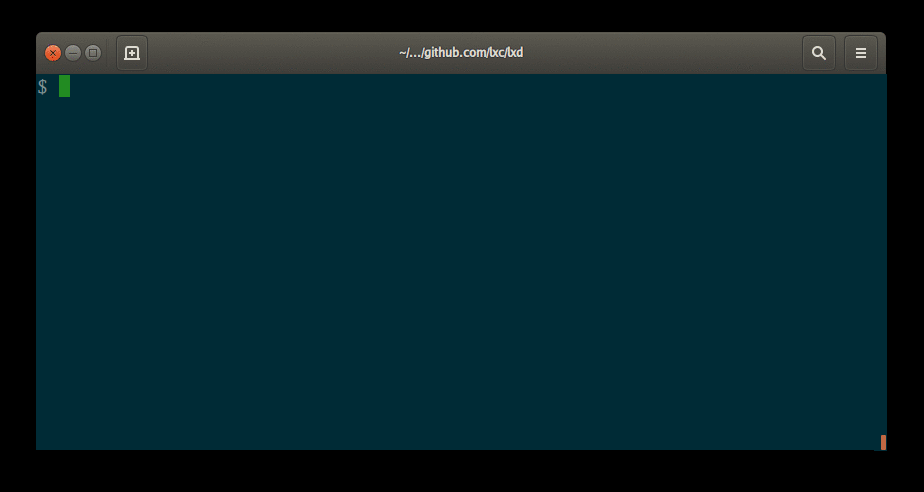goctest
go install chipaca.com/goctest@latest
See what it looks like with no further arguments:

or see the same run with -v (verbose)

...or -q (quiet)

What does it do?
Colourise and becalm the go test output. Can be used to drive go test
directly, e.g. if you normally do
go test -v ./...
instead do
goctest -v ./...
for a slightly colourised, and significantly less noisy output (with options
to make it even less so).
If what you have is a test binary, i.e. something built with go test -c,
never fear! Try
goctest -c ./the.test
You can also pipe the output of go test -json through goctest. This is
particularly useful when go test runs on a Jenkins somewhere, and you can't
figure out what failed or why. Download the output and pipe it through
goctest and suddenly finding the failures is a lot easier.
goctest - < /tmp/output.json
If the output you have is from a go test run without the -json flag, you
can try
goctest -c - < /tmp/output.out
Anything else?
A couple of things.
Here's the output of goctest -h:
goctest [-q|-v] [-c (a.test|-)] [more goctest flags...] [-|go help arguments]
The ‘-q’ and ‘-v’ flags control the amount of progress reporting:
-q quieter: one character per package.
-v verbose: one line per test (or skipped package).
Without -q nor -v, progress is reported at one line per package.
The ‘-’ flag tells goctest to read the JSON output of a test result from stdin.
For example, you could do
go test -json ./... > tests.json
goctest - < tests.json
The ‘-c’ flag tells goctest to run the precompiled test binary. That is,
for example,
go test -c ./foo/
goctest -c foo.test
If the argument to ‘-c’ is ‘-’, then read plain (non-JSON) input from stdin:
go test -v ./... > tests.out
goctest -c - < tests.out
but note that unless the tests were run with ‘-v’, the output is going to be
slightly off from wht you'd expect (and even with it, it's not great).
The above flags should do most of the work already. The remaining flags all
start with a double dash, with the hopes that this will minimise collisions
with ‘go test’ itself:
‘--esc’: this, or the environment variable GOCTEST_ESC, can be used to override
goctest's decision about which escape sequence mode to use. As this decision
depends on multiple envrionment variables, it can sometimes be wrong. The
existing modes are:
- ‘full’: uses 24-bit colour, italics, and URLs;
- ‘mono’: no colour; bold, dim, reverse video, and italics, and URLs; and
- ‘bare’: no escapes at all; lastly,
- ‘test’: for testing.
‘--trim’: allows you to specify a prefix to remove from package names.
If not given it defaults to the output of ‘go list -m’. If that fails (e.g.
because you're not running in a module) it's adjusted on the fly to be the
longest common prefix of package names reported by the test runner. This
means the very first test will get it wrong. In a pinch you can ‘--trim ""’.
Lastly, the ‘--’ flag tells goctest to stop looking at its arguments and get
on with it.
go help arguments and flags are as per usual (or you can ‘goctest -- -h’):
[build/test flags] [packages] [build/test flags & test binary flags]
Run ‘go help test’ and ‘go help testflag’ for details.
What happened to the Python version?
It's still in git, in its own branch. It might still be useful for you.
I like this one better.
 Documentation
¶
Documentation
¶